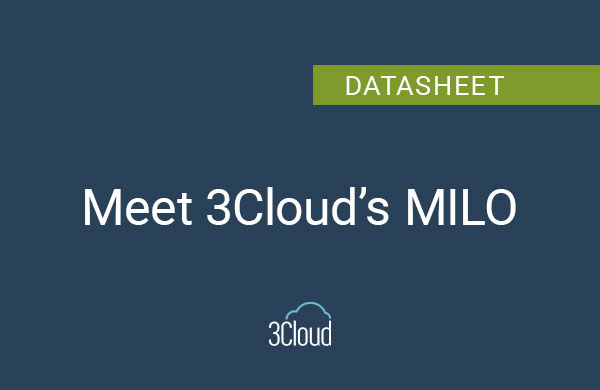
Microsoft’s Power BI is much more than a data visualizations and reporting application and has grown to illustrate the story of your data processes. By uncovering key use cases for data development, data users and stakeholders can see the many ways that Power BI plays a role within the business strategy.
What is Agile?
There are two types of agile – uppercased and lowercased. Agile (uppercase) is a methodology and iterative process to slowly deliver working pieces of a product to a customer/stakeholder. Lowercase agile is a trait – to move quickly and easily.
Agile methodology began with an Agile Manifesto for software development and focused on four core areas:
- Individual interactions over processes and tools
- Working software over comprehensive documentation
- Customer collaboration over contract negotiation
- Responding to change over following a plan

How does a tool like Power BI tie into Agile Methodology work together?
Microsoft Power BI can first be leveraged as a proof of concept tool. For stakeholders who are looking to better understand and improve a data process, using a tool like Power BI can pull from disparate data sources and can start a conversation through the use of data visualizations. Power Bi is also a powerful tool for data cleansing and data modeling, streamlining a data project from start to finish.
The key definition of agile is move quickly and easily. The ability to easily and intuitively compile, report on, and visualize data in a single tool compliments Agile methodology very well.
How to Leverage Power BI for Communication within an Analytics Project
Agile methodology highlights customer collaboration over contract negotiation. From a developer’s perspective, using a multi-functional tool like Microsoft Power BI streamlines how many tools need to be analyzed and enables conversation with stakeholders. From a visualization component, a development team can also summarize and share information in an easy to understand way.
For example, communicating the severity and intricacies of data quality can be challenging without the stakeholder seeing the data for themselves. Instead, a development team can summarize metrics like depreciation and quality scores in a Power BI dashboard.

Within project management, time and materials are key to the success of a project. By visualizing total budget, weekly burn and overall health of the project, the project team can easily adapt with insight from the analytics.
How could someone begin an Agile analytics implementation?
It’s essential to first understand what questions the company’s stakeholders are trying to answer. These requests are then developed into User Stories, which are informal, natural language descriptions of one or more features desired. From there, connect with the development team to see what tasks need to get completed to resolve these questions. Prioritize the tasks into a backlog based on the need and combine with a timeline. Once you understand the needs of the business, you can begin developing a product that the company can’t live without.
What advice would you have for someone who would like to begin leveraging Agile in Power BI development?
There are four core ways to launch an agile-driven Power BI project –
- Change your habits. Get into the habit of regular communication with the ‘client’ and show them what you’re working on to reduce risk.
- Find opportunities to meet internally to inspect your own development practices. In Scrum this is process is called Retrospectives, and in Kanban these are called Kaizen.
- Formulate responses to your questions like – How can we replicate success as the project goes on? What can change and is burdening us for the rest of the project.
- Always be prepared for change. Follow the project plan but be prepared to iterate.
Just as Agile is an iterative delivery process, Agile adoption can be an iterative process in and of itself. If your development team is new to agile, you’ll notice that team vulnerability and shortcomings are going to boil to the surface very quickly. It can make a lot of people uncomfortable with all of the shortcomings. If you understand the beginning may be painful, but the goal is for continuous improvement and grow to become a better development team.
Learn more about the functionality of Power BI and how to launch it within your data practices by contacting a consultant at 3Cloud.
Editor’s Note: The post was originally published in [November, 2019] and has been updated for freshness, accuracy and comprehensiveness.




